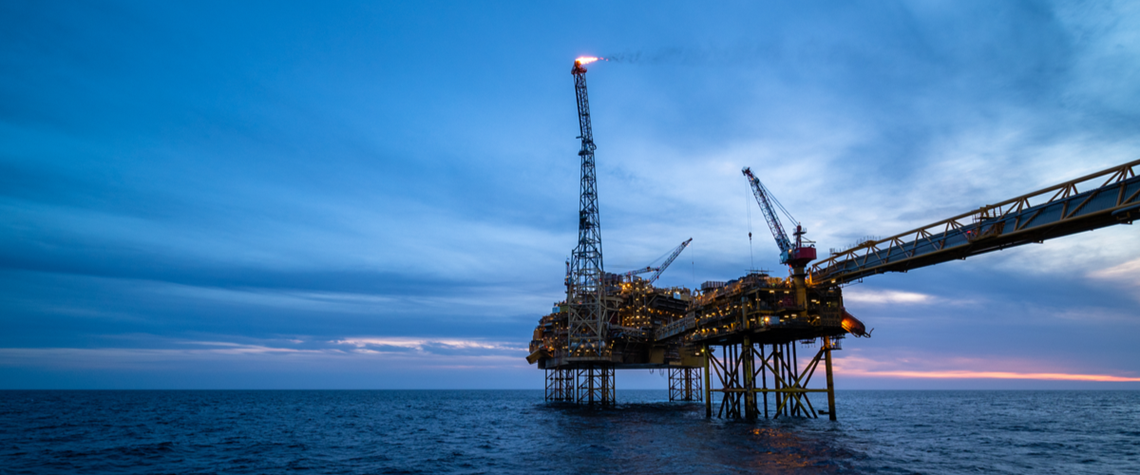Providing secure, affordable and lower-carbon energy—the so-called energy trilemma—presents governments, suppliers and consumers with a host of difficult decisions.
World leaders met in Glasgow for Cop26 in 2021, restating commitments to decarbonise, invest in renewable energy and examine how to provide financial assistance to help developing economies reduce their reliance on their own abundant fossil fuel resources. Achieving net zero was front and centre.
And then came the unconscionable assault on Ukraine by Russia at the beginning of 2022. Net zero took somewhat of a back seat to energy security, with Europe scrambling to secure natural gas supplies as Russian gas flows slowed and eventually stopped altogether.
Russia’s war has amplified the challenge of the trilemma, but also the necessity to decarbonise the much-needed supplies of traditional energy sources in order to deliver energy security without derailing the drive to net zero.
And some are better placed than others. Gas-weighted E&P companies such as Neptune already have lower carbon intensity production than their more oil-focused contemporaries—and our carbon intensity is significantly lower still than the industry average. That is especially important, as the current geopolitical instability highlights the need for more domestic production to support energy security, while the drive to decarbonise energy production and consumption continues in parallel.
For our part, Neptune has made clear its ambition to store more carbon than is emitted from our operations and from the use of our sold products by 2030—an ambitious strategy, and fully aligned with the aspirations of Cop26. Importantly, it acknowledges that gas will continue to play a major role for many years to come, underpinning energy security.
In Norway in particular, the opportunity to decarbonise oil and gas production by electrifying assets is well understood and significantly more advanced than in neighbouring jurisdictions like the UK. With further projects planned in Norway, we aim to have around 50,000bl/d oe electrified by 2027.
Lowering carbon intensity
For Neptune, producing gas and oil will continue to be the mainstay of our business, and we will target production in our key producing regions—maintaining our gas-weighted portfolio—while further lowering the carbon intensity of production.
We are also prioritising new gas and oil developments where they are consistent with our lower-carbon strategy, along with those that provide opportunities to integrate multiple energy systems.
It is the integration of multiple energy systems that perhaps provides some of the most exciting and challenging prospects. Neptune’s ‘integrated energy hub strategy’ provides an opportunity to drive offshore decarbonisation by extending the life of our producing assets and repurposing them for CO₂ storage and hydrogen production using domestic, lower-carbon intensive gas or wind power.
Linking back to the first part of Neptune’s strategy, this acknowledges that extending the life of currently operating oil and gas fields can also support the economics for electrification, helping decarbonise existing production even further.
Carbon capture
Naturally, carbon capture and storage (CCS) plays a major role within this plan, just as it does in supporting the global energy transition.
We are building on the significant experience gained with CCS in the Norwegian and Dutch North Sea. In Norway, we partner on the Snohvit field, which has been injecting CO₂ since 2008. And in the Dutch sector, we operated a 14-year programme to reinject CO₂ from a well into a producing gas field, securely disposing of more than 100,000t of CO₂.Today, we and our partners are developing the L10 CCS project in the Netherlands, which could store up to 5mn t/yr of carbon in the first phase.
And looking ahead, we have begun developing the Errai CCS project in Norway with Horisont Energi. Errai could store 4–8mn t/yr of CO₂, with the potential to store more in later phases.
The project includes an onshore terminal for intermediate CO₂ storage, with the intention to permanently store the CO₂ in an offshore reservoir. The onshore terminal would be capable of receiving CO₂ from European and domestic customers. Several onshore locations in southern Norway are being evaluated for the terminal.
Meeting the world’s current and future energy needs while also driving decarbonisation of energy systems will require significant investment in a diverse range of low-carbon projects as well as traditional oil and gas developments. And our sector is ideally placed to do so.
We can play a valuable, meaningful role as the world accelerates into the energy transition. We have a highly skilled workforce with unrivalled project and engineering skills, robust global supply chains and cutting-edge technology capabilities.
Pierre Girard is the director of new energy at the oil and gas company, Neptune Energy.
This article is part of our special Outlook 2023 report, which features predictions and expectations from the energy industry on key trends in the year ahead. Click here to read the full report.








Comments